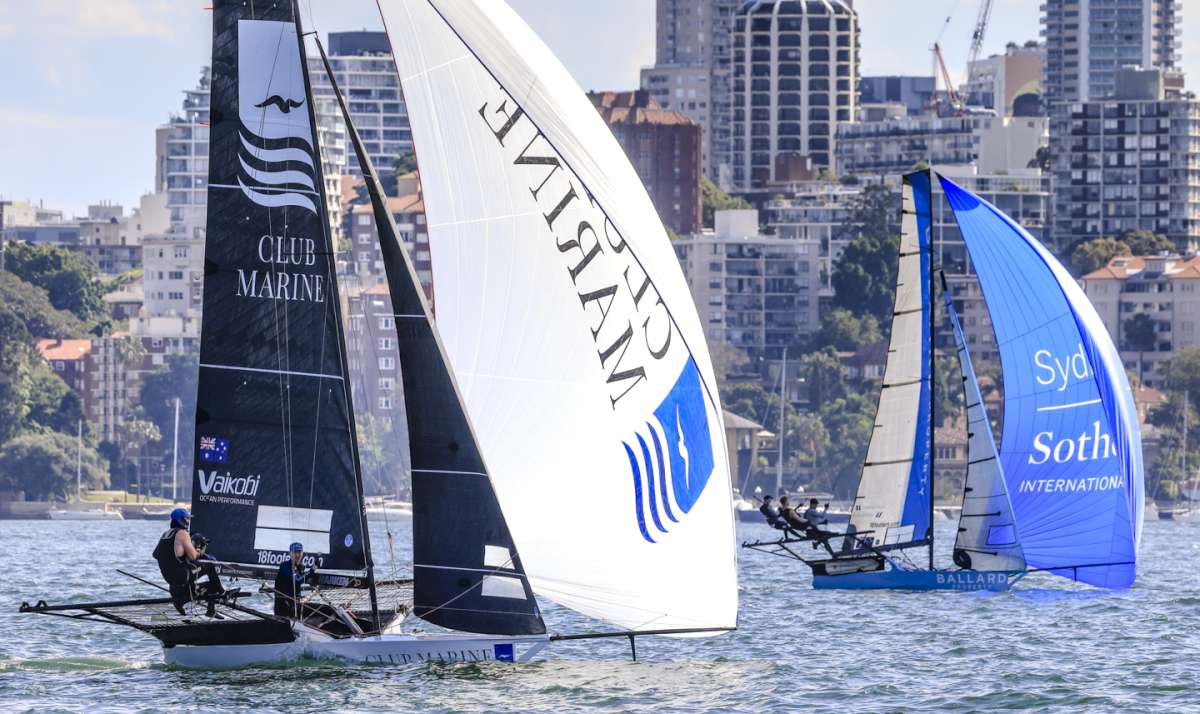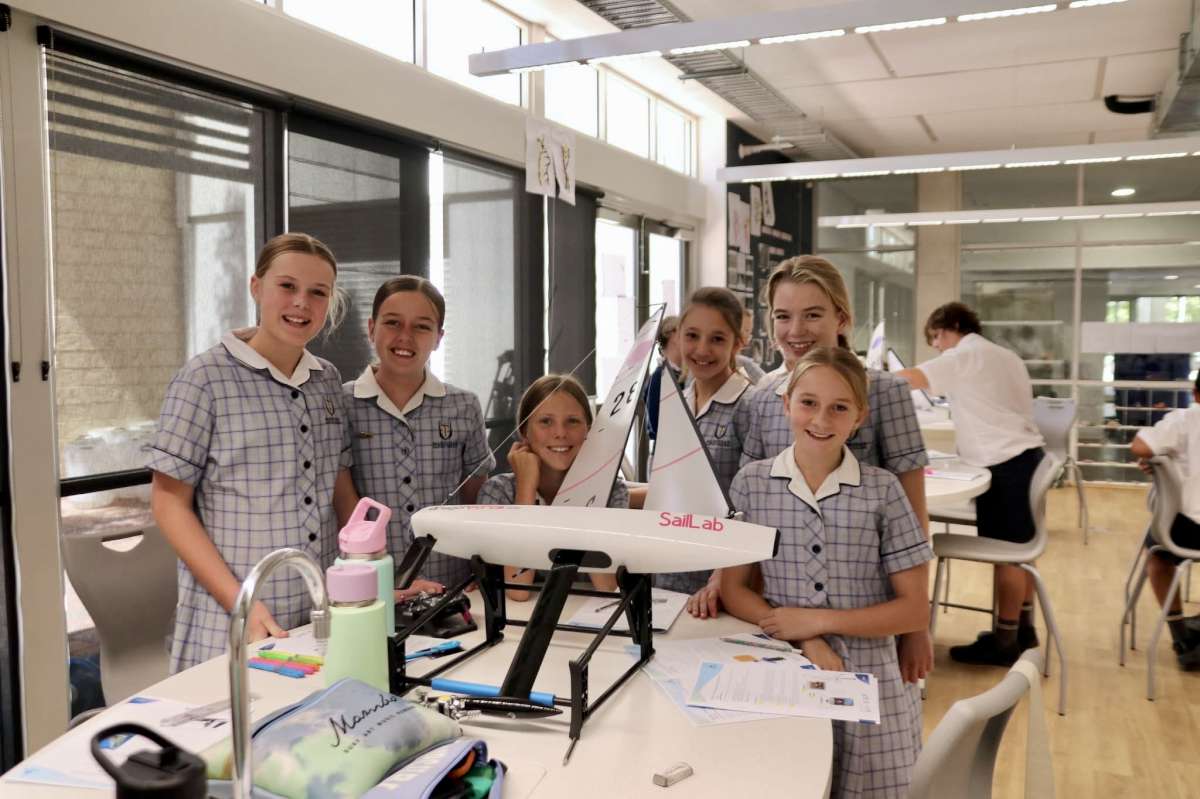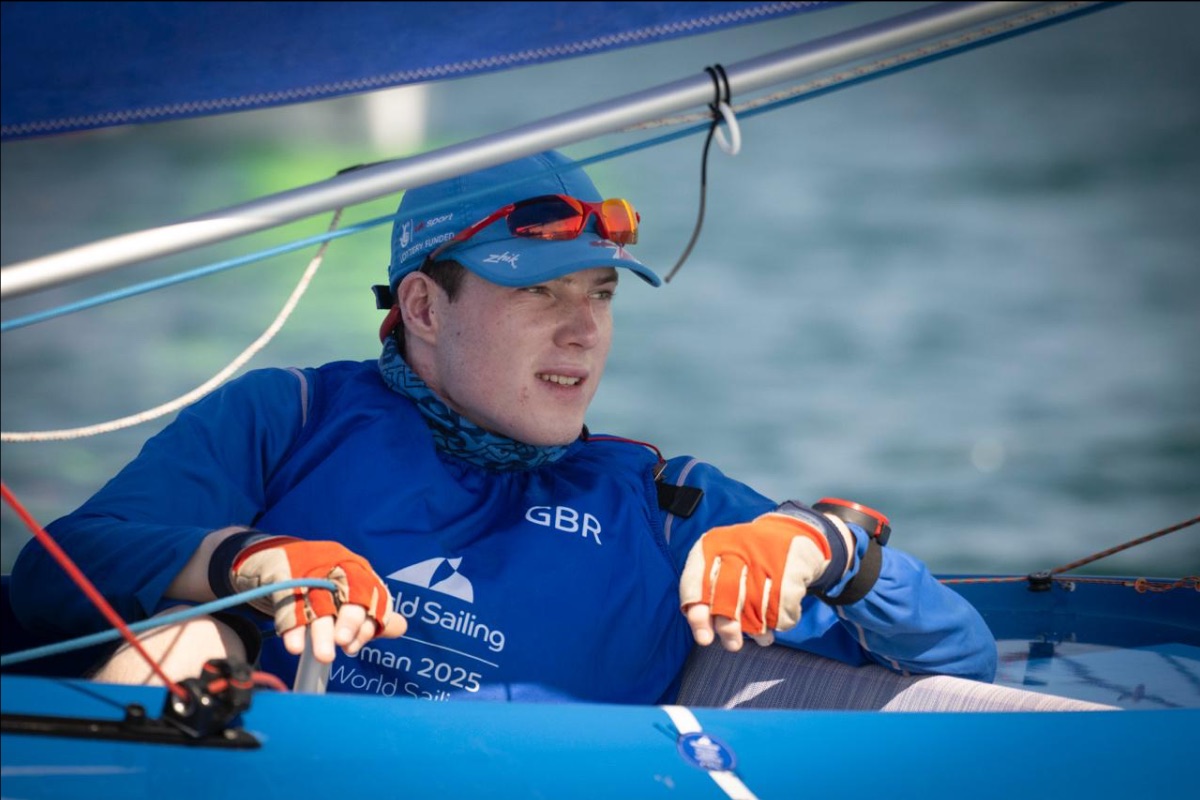FATHER and son offshore sailing buddies Bruce and Drew Taylor, who have sailed 23 Sydney Hobart Yacht Races together, have well-informed ideas on steering failure safeguards and solutions.
Bruce, from the Royal Yacht Club of Victoria, has sailed 34 Sydney Hobart Races on his six yachts called Chutzpah and retired from only one of them, in 2006, with a broken rudder. So when he had Hart Marine build the current RP40 Chutzpah in 2007, primarily for extensive ocean racing, he requested a robust emergency steering system.
Drew is based in Hong Kong where he races his own boat, a Mills 41 called Ambush. As a member of the Royal Hong Kong Yacht Club sailing committee he served on a review panel that investigated the sinking of Walawala 2 in the 2013 Audi Hong Kong to Vietnam race through hull damage inflicted by rudder failure.
That inspired him to incorporate a watertight dam higher than the waterline around the lower internal rudder bearing inside the hull of Ambush.
Bruce Taylor says that the emergency rudder became a “hobby horse” for him after the 1979 Fastnet race. “Multiple rudders were lost resulting in the loss of yachts and lives. The problem was failure in design and construction of the then new carbon fibre stocks, coupled with the trend away from long keels to fin keels that made the traditional emergency measures, such as floorboards on spinnaker poles, next to useless,” he said.
Taylor retired from the 2006 Hobart race with a broken rudder blade on his fifth Chutzpah, a Sydney 38. “We were running down the NSW coast when 90 per cent of the blade snapped off leaving about a foot of blade under the hull. Once recovered from a spectacular broach, we managed to get home with clever sail trim and thrust off the prop.
“I have lost rigs five times in 34 Hobarts and always got home without assistance. It was a greater challenge with the rudder loss. The cause of the failure was a design/manufacturing problem with the stainless steel stock involving a butt joint and a weld and metal fatigue. Several other 38s have experienced the same problem.”
His current Chutzpah carries an emergency carbon fibre rudder blade lashed unobtrusively to a longitudinal under a bunk. It steps into a pair of gudgeons on the transom and is fastened in place with a long stainless steel pintle pin.
“Whilst being off centre to avoid structures in the transom it is not a racing rudder but certainly allows adequate control,” says Taylor.
Chutzpah also carries a carbon fibre emergency tiller that can be fitted into the spare blade or, in the event of steering cable failure, onto the top of the rudder stock secured by a carbon-fibre elbow attachment. And she has several layers of carbon-fibre reinforcing around the lower bearing inside the hull.
Bearings problem
Bruce Taylor says the bearings setup is the other major concern with modern yachts’ steering systems. “In the quest to reduce weight in the ends, few new race boats have rudder tubes. Instead, they have top and bottom bearings ‘glassed directly into the deck/cockpit floor and the floor of the hull respectively with an exposed shaft between the two with, if wheel steered, a quadrant attached in the middle.
“If the blade hits something at high speed and does not snap it is likely to rip the lower bearing out of the floor of the hull,” Taylor added. “Alternatively if the shaft snaps in the boat between the two bearings, often under or adjacent to the quadrant, the rudder drops, again wrenching the lower bearing out of the hull.”
Stronger bearing installation was the obvious solution. A watertight bulkhead, or at least a dam higher than the waterline around the lower bearing like the one Andrew Taylor fitted on Ambush, were alternatives.
The RHKYC report on the abandoning of Walawala 2, a Sydney GTS 43 owned by Steve Manning of Singapore, said that after the 1330 start on October 17, 2013, the Hong Kong-Vietnam fleet experienced 20-25 knot northeasterly winds and moderate (2m to 4m) swells providing fast and exciting running conditions.
After broaching twice, with reduced sail Walawala 2 was under control and making good speed (up to 22 knots) when at 0110 (on October 18) there was a loud noise and a sudden total loss of steering but with no associated reduction in speed.
The helmsman described a grinding effect on turning the wheel and full loss of control as the yacht was immediately and violently knocked down on port before promptly gybing onto starboard for a second knockdown.
The crew dropped sail and began pumping and bailing out water. They found the rudder stock and the bottom bearing intact but the stock had dropped out of the top bearing and was being held by the single quadrant.
The stock and quadrant had caused considerable damage in the vicinity of the compartment, opening a hole, about 400mm x 100m in the hull about 100mm forward of the bottom bearing and well below the waterline. The rudder blade remained intact, fixed in aspect pointing forward.
It was not possible to detach the rudder completely or plug the leak. The engine would not start and the instruments would not function, which the skipper put down to the flooding of the autopilot computer located below the cabin sole.
Walawala 2 informed the RHKYC sailing manager by satellite phone that abandonment was imminent and confirmed her position, approximately 130n miles from Hong Kong. The crew abandoned into the liferaft and launched a parachute flare. “By then waves were coming in the open transom, the cockpit floor was awash and the yacht was described as ‘nose up’,” the report said.
The crew believed they saw Walawala 2 sink at about 0300. They transferred to competing yacht Krampus. A Hong Kong Government Flying Service helicopter lifted eight of the ten crew from Krampus, which then decided to retire and return to Hong Kong with the remaining two Walawala 2 crew members.
Most probable cause
Of four possible causes of the damage and loss of Walawala 2, including the owner’s belief that it may have been contact with some submerged object, the panel found the most probable was a failure in the retaining system securing the rudder into the boat that then allowed the rudder and the rudder stock to drop down through the bottom bearing and become disengaged from the top bearing. The steering quadrant attached to the rudder stock would have prevented the rudder from dropping completely out of the boat.
“The top of the rudder blade may then have punctured the hull and wrenched the lower bearing as the bearing became the fulcrum around which the rudder gyrated,” the report added.
“On the Sydney GTS43 there are combinations of bolts and grub screws at both the upper and lower rudder bearings that clamp the rudder stock (via rudder journal sleeves that are bonded to the carbon fibre rudder stock) directly to the aluminium rudder bearing carriers.”
Alternatives
Yachting Australia’s Special Regulations for emergency steering on offshore racers are broad:
“1: An emergency tiller capable of being fitted quickly to the rudder stock where the normal method of steering is other than by a strong tiller fitted directly to the rudder stock shall be provided.
“2: Crews must be aware of alternative methods of steering the boat in any sea condition in the event of rudder loss. At least one method must have been proven to work on board the boat. An inspector may require that this method be demonstrated.”
The favoured emergency steering setup, in earlier times when keels were long and hulls narrow, was by a floorboard fastened to a spinnaker pole pivoting from the stern. The board is fastened to the pole end by large hose clamps or lashings through pairs of holes drilled down the board separated by gaps slightly smaller than the diameter of the pole.
To sink the board, a length of chain, or similar weight, is tied to the end of the pole. The pole pivots in a lashing to the pushpit or backstay and lines are led from the pole end to the winches each side of the cockpit. The boat is steered by winding in one line and easing the other.
But modern ocean racers are broad beamed and don’t have spinnaker poles. They must either carry an emergency rudder or steer by using drogues or parachute anchors.
Australia’s most successful maxi, Wild Oats XI, does follow the traditional sweep-oar theme by attaching a floor board to a double-length carbon bunk support tube that’s carried in the area under the cockpit.
An alternative to Chutzpah’s arrangement is to fit the emergency rudder blade through a cassette in the manner used in some centreboard dinghy classes; not as difficult to fit to transom gudgeons in a seaway than one using pintle pins.
Blades should be about half the size of the original; big enough to be effective, not too big to be overwhelming on the attachments under load and easy to stow.
Drogue success story
On some designs and in some circumstances it may be possible to steer by sail trim alone: upwind with a jib providing most the power and a heavily-reefed mainsail trimmed on and off to provide balance; downwind with sails on opposite sides.
A drogue or parachute anchor can also be used to steer, through a bridle, by transferring the line of pull from side to side using stern cleats or winches.
Rough Red, a 1975-designed Farr 1104 skippered by Kevin Robinson, used a Burke Seabrake drogue in this way in the 2006 Kidder Melbourne to Launceston race, after the rudder broke away completely from the shaft about halfway down the 198n mile course, to reach shelter in the Tamar River.
Under motor and the wind blowing at 25 knots slightly forward of the beam the crew experimented, hoisting a number three headsail.
This immediately improved boat speed to between 3 and 4.5 knots with no loss in steering accuracy and engine revs were reduced to save fuel.
To overcome the constant twisting of the lines caused by the slow rotation of the Seabrake, the crew shortened the towing length from 10-15 metres to three to five metres, which eliminated twist and dramatically improved performance. Only a quarter of a turn on a winch would effect a steering change of several degrees.
Rough Red by radio established a rendezvous time and position with the Tamar Sea Rescue vessel Koomooloo, which towed her, with the drogue still deployed to a safe berth at Beauty Point, 27 hours after losing the rudder.
Roger Hickman, owner/skipper of the Farr 43 Wild Rose, winner of the 2014 Rolex Sydney-Hobart race, prefers using a bundle of rope, assembled from coiled braces and sheets on a bridle because it is less stressful than a drogue on the attachments.
He points out that a drogue’s primary functions are as a sea anchor, deployed off the bow to hold the boat head to wind or off the stern to slow it in extreme seaways. When used to steer the loads, when travelling at seven knots, are “horrendous,” he says. ✵


























